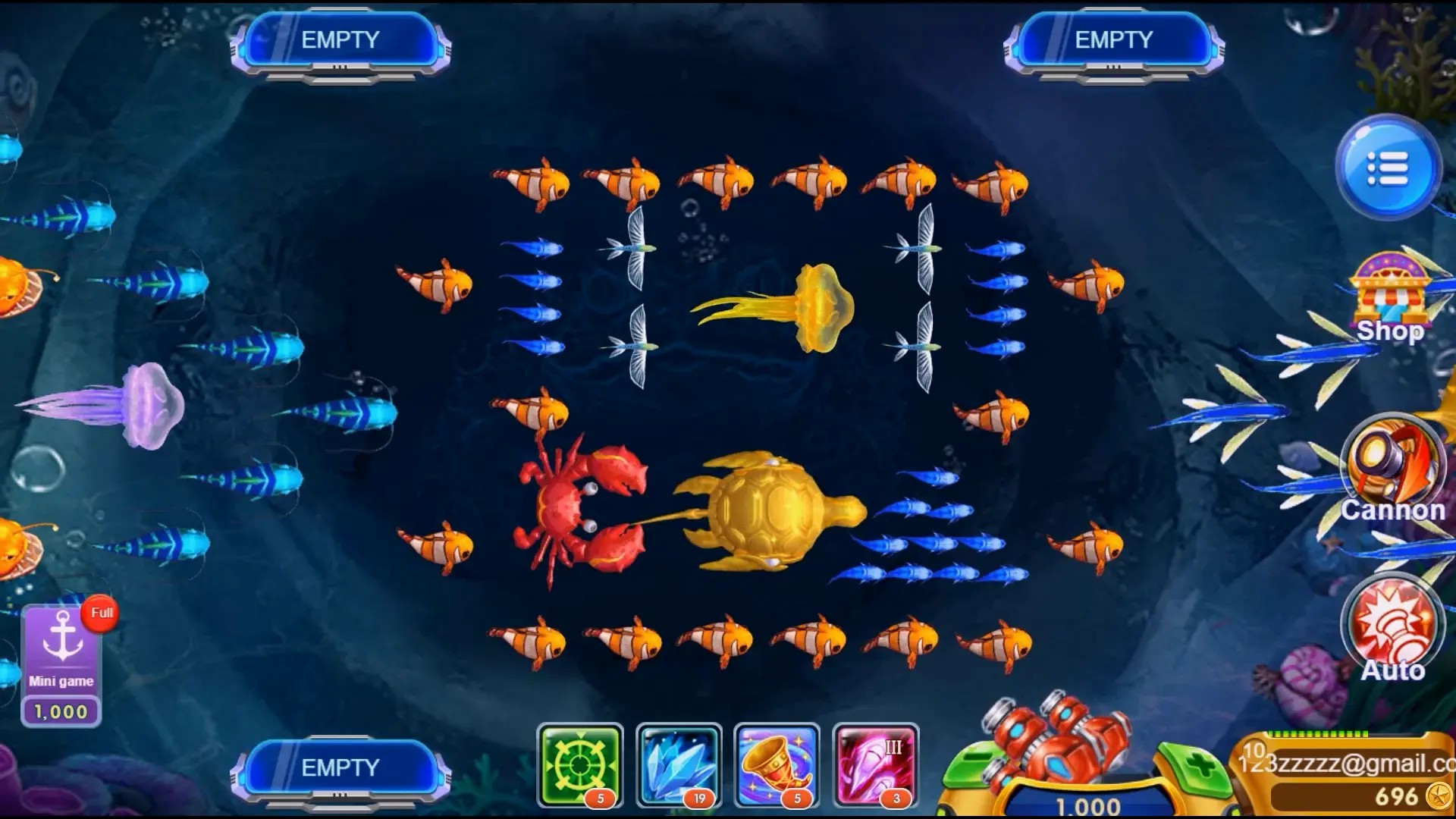Unlocking Fun and Learning: How Puzzle Games Become Essential Educational Tools
In an age where technology continuously influences how we learn and play, puzzle games have emerged as shining stars in the world of educational games. But how did they evolve into valuable tools for education? Let’s dive into the reasons behind this trend and explore the remarkable benefits that puzzle games can offer.
The Rise of Puzzle Games in Education
Puzzle games have been around for centuries, captivating minds of all ages. Today, they are not just a source of entertainment; they're educators in disguise. Educational institutions have integrated these games into their curriculum, and for good reason! Here’s a quick rundown of their rise:
- Engagement: Kids love fun, engaging activities. Puzzle games capture their attention effectively.
- Problem-Solving Skills: They promote critical thinking and strategy development.
- Accessibility: Digital platforms make these games easily accessible for all.
Why Puzzle Games Are Essential Tools for Learning
So, why should we trust puzzle games in educational settings? The answer lies in their multi-dimensional benefits. Let’s break it down into a few key points:
| Benefit | Explanation |
|---|---|
| Cognitive Development | Enhances analytical thinking and boosts memory retention. |
| Social Skills | Many puzzles encourage collaboration, helping students develop strong social interactions. |
| Patience and Perseverance | Puzzles require time and effort, teaching children the value of persistence. |
Examples of Notable Educational Puzzle Games
While there are tons of puzzle games out there, we’ll spotlight a few that stand out in the educational landscape:
- Peaceable Kingdom Unicorn Floor Puzzle: This adorable puzzle not only lets kids have fun but also helps with spatial awareness and color recognition.
- Osmo Pizza Co: Combining physical puzzles and digital interaction, it teaches basic math and business skills.
- Thomas Greer Delta Force: A tactical puzzle that sharpens problem-solving abilities while injecting some adrenaline into the educational mix.
Impressive Stats: The Impact of Puzzle Games on Learning
Still skeptical? Let’s look at some stats that reveal the positive impact of puzzle games in educational settings:
- Over 80% of teachers report seeing increased engagement from students when puzzle games are introduced.
- Students showcase a 25% improvement in problem-solving skills after consistent exposure to puzzles.
- 92% of parents observed enhanced critical thinking in their children after playing educational puzzle games at home.
How to Incorporate Puzzle Games into Learning
Integrating puzzle games into education doesn’t require a PhD. Here are a few easy tactics:
- Classroom Activities: Use puzzle-based competitions to encourage teamwork.
- Homework Assignments: Assign puzzle games related to the subject matter for home practice.
- Parent Involvement: Encourage parents to play educational puzzle games with their children for reinforcement at home.
Final Thoughts: The Future of Learning Through Puzzle Games
As we move into a future where traditional education methods blend with innovative approaches, puzzle games are destined to play a central role. Their ability to engage, educate, and entertain makes them invaluable. Whether it's the peaceable kingdom unicorn floor puzzle lighting up a classroom, or the tactical challenges of the Thomas Greer Delta Force, the educational puzzle landscape is expanding.
Conclusion
Puzzle games aren't just child's play—they are educational gold mines. Through brainstorming sessions or playful competitions, we can unlock fun while instilling valuable skills in our learners. So let’s embrace the power of puzzles, making learning as delightful as it is educational!



